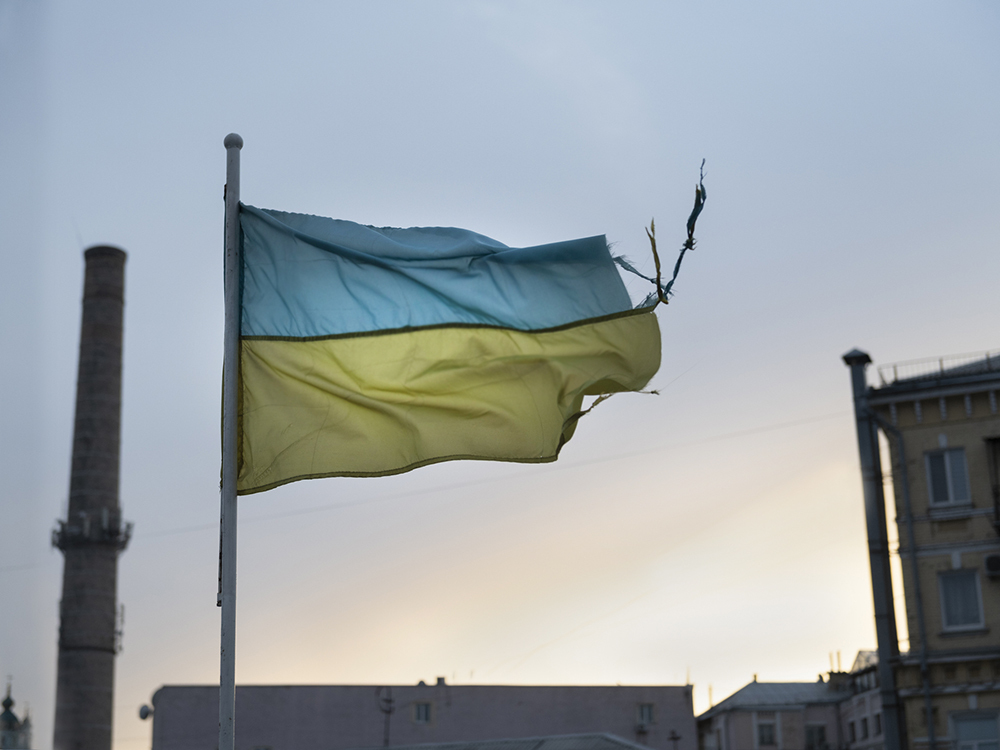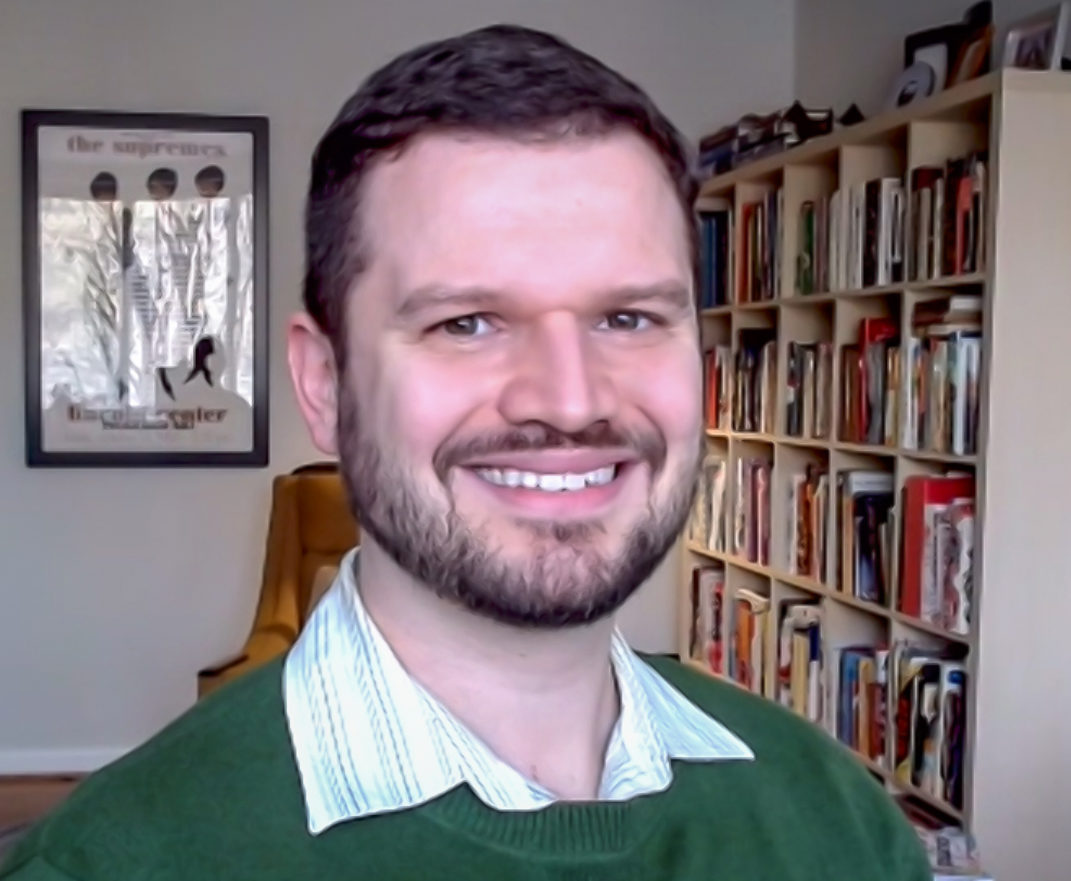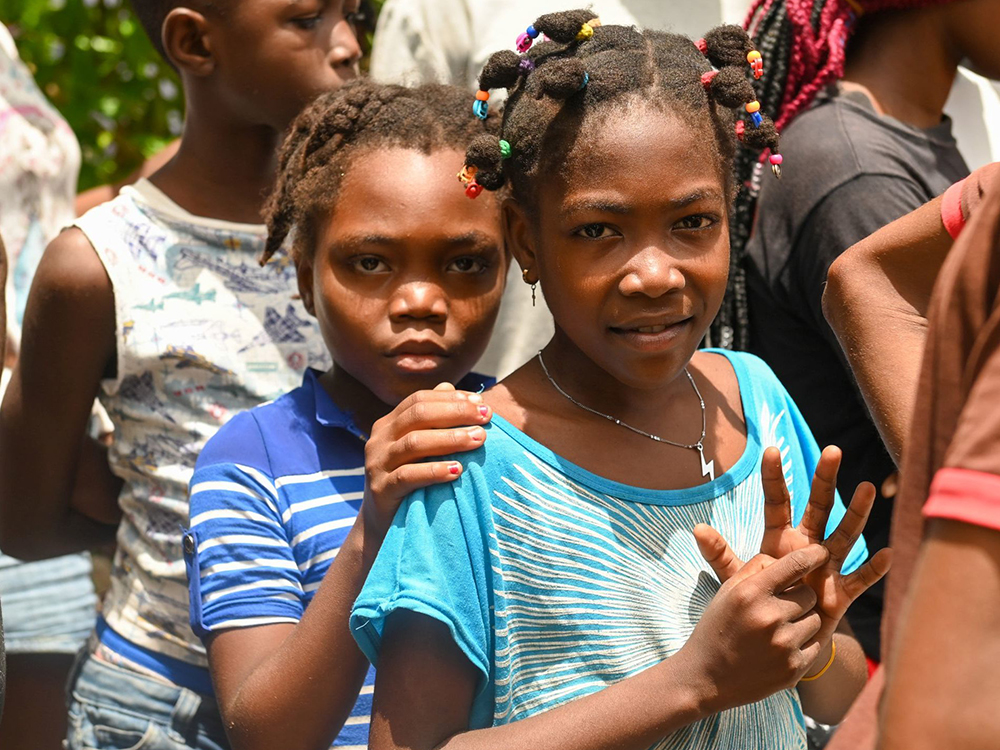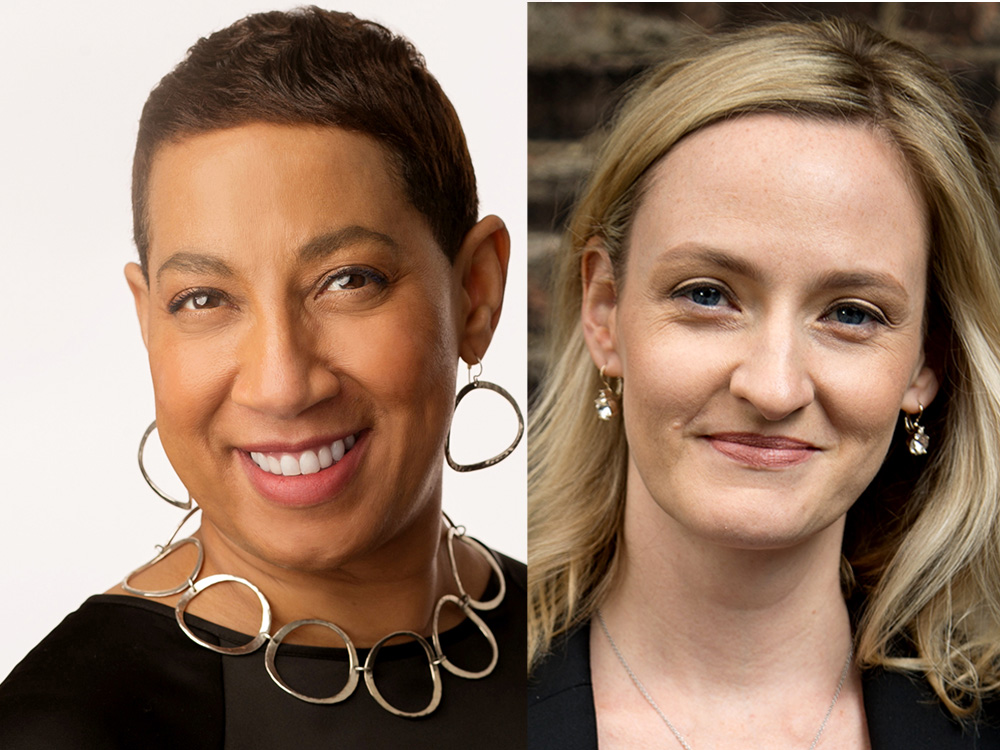
The United Nations projects that some 18 million people will be displaced as a result of Russia’s war on Ukraine. As of this writing, an estimated 25 percent of the nation’s people have already been displaced in some manner. In what has become the largest refugee crisis in Europe since World War II, these populations will be dealing with the aftershocks of this disaster for years to come. While many funders immediately stepped up, as the war continues and the state of emergency deepens, it’s imperative to both evaluate immediate needs and to think strategically about how to avoid past humanitarian aid missteps to best support Ukraine now and into the future. To help, here is a collection of resources from across the sector that document philanthropy’s response to the crisis and provide guidance on what you can do to provide aid.
Candid: Candid is collecting and reporting data in real time on this site, which is also continuously updated with news, commentary, reports, and other resources that document how philanthropy’s response. (As of this writing, they have tracked 684 grants worth over $886 million.) See this page for information if you are interested in sharing your Ukraine-related grantmaking data to help the sector act on current and accurate information. In addition, it has a list of organizations that are serving Ukraine. In addition, look out for posts that track which populations are being supported by grants and elevate where funding gaps exist. You can check out their most recent post in this series, which evaluates data current as of April 1.
Council on Foundations: Read this curated list of resources, which includes guidance on making grants to support Ukraine, how to effectively respond to disasters generally, and a list of organizations working in the region. In addition, be sure to watch this webinar on the humanitarian impact of war produced in collaboration with the US State Department.
Center for Disaster Philanthropy: “I fear that the war in Ukraine will last far longer than any global citizen wishes it will,” Center for Disaster Philanthropy Vice President Regine A. Webster writes. “I fear that the war will disrupt entire generations of Ukrainians. And, I fear that the war will fade off of the news and out of our collective consciousness far sooner than recovery can occur.” But, as she outlines in “Philanthropy: Critical to Ukraine’s Recovery,” there are ways that the sector can strategically think about who, how, and when to provide aid to sustain Ukraine.
The Conversation: In “Helping Ukrainians Means Listening to Their Needs—3 lessons for aid groups from Syria’s war,” authors Kimberly Howe and Elizabeth Stites see a few disturbing parallels between the ongoing Syrian civil war and the Russian invasion of Ukraine. “The first is that Russia is using similar tactics in Ukraine as it did in support of the Syrian regime, including a mix of indiscriminate and targeted bombings and besieging key towns and cities,” they write. “Another parallel is the involvement of many United Nations agencies and nongovernmental organizations, such as Doctors Without Borders, the International Committee for the Red Cross and Save the Children.” And based on their research, practicing trust-based philanthropy is key to avoiding repeating past mistakes and creating better outcomes in Ukraine.
We will revise this list on a rolling basis. Follow us on Twitter for updates. And feel free to email us with resources you think we should include.



